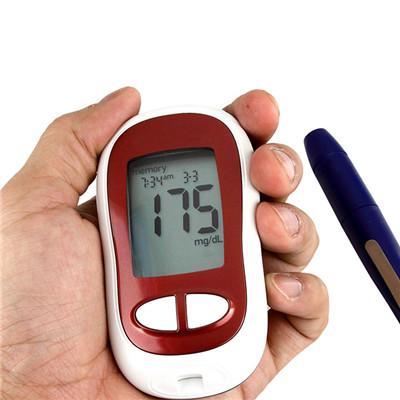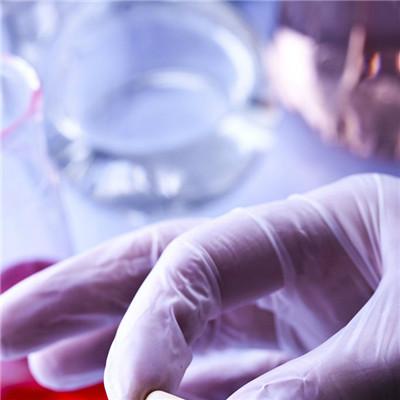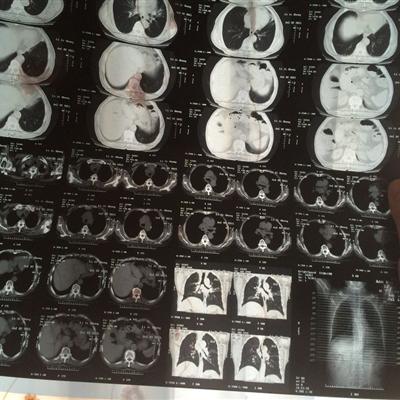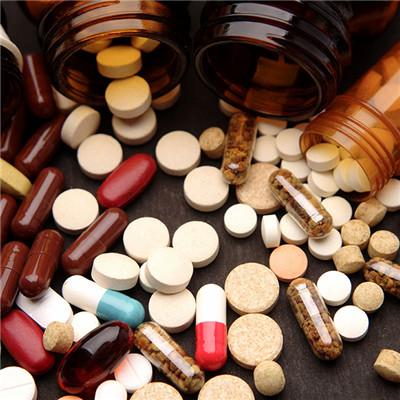What causes diabetes
summary
Diabetes is a common disease nowadays. According to the investigation, the incidence rate of this disease is very high in China. Many patients have only recently thought about the disease and have no idea of the disease after they have the disease. What is the cause of diabetes?
What causes diabetes
First: genetic factors: diabetes has familial genetic susceptibility. However, the heredity still needs the effect of external factors, which mainly include obesity, reduced physical activity, unreasonable diet structure, virus infection and so on.

Second: obesity is an important cause of diabetes. Especially easy to cause type 2 diabetes. Especially abdominal obesity. The main mechanism is that obese people have obvious hyperinsulinemia. Hyperinsulinemia can reduce the affinity between insulin and its receptor, resulting in the inhibition of insulin action and insulin resistance. This requires islet β - cells to secrete and release more insulin, which in turn leads to hyperinsulinemia. This is a vicious circle of glucose metabolism disorder and β - cell dysfunction, which eventually leads to a serious defect of β - cell function, leading to type 2 diabetes.

Third: oxidative stress: more and more basic and clinical studies show that oxidative stress is closely related to the pathological changes of diabetes. Under the condition of hyperglycemia, due to the hypermetabolism of polyols, the self oxidation of glucose, oxidative phosphorylation and so on, the excessive production of reactive oxygen species free radicals, non enzymatic glycation reaction reduces the antioxidant capacity of SOD and so on, leading to oxidative stress state, damaging biological macromolecules, changing the intracellular information transmission, damaging the structure and function of cells. It can cause dysfunction of vascular endothelial cells, promote thrombosis and LDL oxidation, and also cause vascular dysfunction of diabetes by changing intracellular information transmission and enhancing the expression of adhesion factors such as MCP-1 and growth factors such as VEGF. Reactive oxygen species also activate c-Jun kinase, NF kappaB and so on to phosphorylate insulin substrate protein, accelerate the degradation of IRS-1 and cause insulin resistance. In addition, the hyperactivity of polyol metabolism leads to PKC activation, the increase of advanced glycation end products, protein function changes, intracellular transport obstacles, and cell apoptosis, which lead to diabetic neurological dysfunction

matters needing attention
Physical activity can increase tissue sensitivity to insulin, reduce body weight, improve metabolism, reduce insulin resistance, relieve hyperinsulinemia and reduce cardiovascular complications. Therefore, the decrease of physical activity has become an important factor of type 2 diabetes.















